I published a post a year or so back with this same title, which people seemed to enjoy. So here we go again.
Below is mostly images, seen over the last few weeks, right up to yesterday afternoon. A little text, where context is required, and/or where there’s an opportunity for you to partake yourself. Enjoy…
Tuesday, at the IGS:
above: model from the current, beautiful exhibition “Describing Architecture: Memory and Place” on show in the lovely Octagon Room in the City Assembly Rooms, a building which these days, is also headquarters of the Irish Georgian Society.
Below, the Octagon Room. You can find the City Assembly Rooms at 58, South William Street, just across little Coppinger Row from the Powerscourt townhouse, and almost opposite Grogan’s pub.
Below, more images/ models, from the same exhibition. I hope to post more fully on this show in the next week or so. But if you don’t want to miss it yourself, it continues to Saturday, 08 November. (2014)
below: a drawing from the same exhibition.
Look carefully, can you identify and name this famous Dublin building? The answer is at the foot of this post. 🙂
Below, a corridor, adorned with sculpture busts in the Royal Dublin Society RDS) Tuesday evening, spotted at an event there to honour the launch of Hugh Oram’s wonderful new book, “The Little Book of Ballsbridge”
Below: 12-13 days ago: off Cork Street. Peace and plants. Or is that peace through plants? (and old stone walls)
above: a quiet corner of a garden centre, o set amid old buildings off Cork St, Dublin 8.
The palm trees and old cut stone seem more of something in Seville, or Norman Sicily than inner-city Dublin.
* * * *
Tuesday last week 21st October. , at the Hibernia Club, for the launch of “The Glorious Madness”, a book of WWI stories, by writer and historian Turtle Bunbury.
early 20th century cartoon-print, of Irish Party leader John Redmond,
– spotted in the men’s lavatories of the Hibernia club on Stephen’s Green. (the print, not Remond himself)
below: Stephen’s Green itself, early 19th century, with the old statue of William III still in situ.
below: detail, from a landscape, in the National Galley of Ireland. 
I am leading a tour here in about, eh, an hour and a half, there’s a small charge but well worth it, meet us in the foyer 6pm if you are free.
below: detail from a fronts piece, old book of Navigation/ Atlases. I find these sort of Elightenment scineces and their whole style of print, illustration and graphic/ typographic style, all extremely beautiful.
below: detail of same panoramic view (print) as above, showing Liffey, Customs House with Bersford terrace behind, and old bonding warehouses, next to Custons House. Seen at the RDS antiques fair a couple of weeks back.
Below, details from an antique cabinet, spotted at the recent RDS antiques fair, the same as old print above.
* * * * *
below: Tapestry in the old House of Lords, College Green, depicting seige of Derry/Lodonderry, by James II (on horse)
* * *
above, the lovely view of Dun Laoghaire harbour (East pier and forground: Royal St George Yacht club) out of the second floor of the enormous new Dun Laoghaire public library, only just completion now, they are still stacking the books on the new shelves.
* * *
above: a fat little Cupid’s foot, National Gallery of Ireland.
below: detail, from the same picture.. For those free this very evening, I am leading a symbol decoding tour, from 6-8pm this eveing (Thursday 30th Oct) at the NGI. Meet inside the foyer of the Nat Gal 5.55pm Sit/ meet,(by the NG bookshop) just inside Claire St entrance. You will enjoy this if you are free. If you wish to join the monthly newsletter, to get notice of future tours, the subscribe form is here.
* * * *
Below: the superb cantilevered staircase and skylights at the 1170s Newcommen Bank: Cork Hill. Visted on one of my tours last Wednesday afternoon.
Below: Saint Werburgh’s church,
above, the perfect 18th century interior of Saint Werburgh’s church,
Below, a detail fro the organ in the same church, above the Viceroys private pew.
Below: a deatil from a neo-Gothick pulpit, to a design by Franscis Johnson. Bibles/gospels resting on the heads of the Four Evangelists.
Our IGS tours have now finished for the season, but we will resume next spring. In the meanwhile, if you’d like to receive notification of my other, Dublin Decoded, tours, including 2 really special ones the weekend of 22/23 November, subscribe to the monthly tour bulletin. Our subscribe form is here.
Oh, and by the way, the famous Dublin building depicted in the photo archiectural drawing near the top of this post, which I challenged you to identify, is the Museum Building at Trinity College, by Deane and Woodward.
Thanks for reading. Enjoy Dublin. 🙂
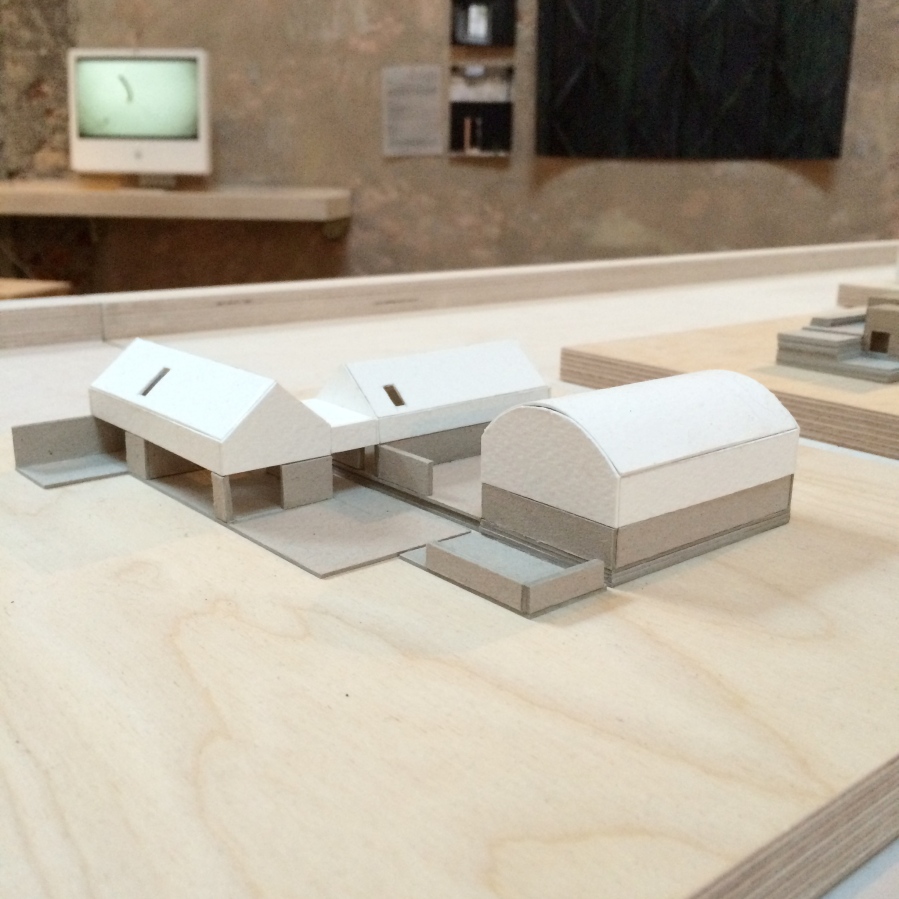


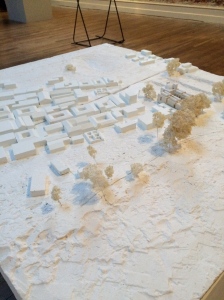
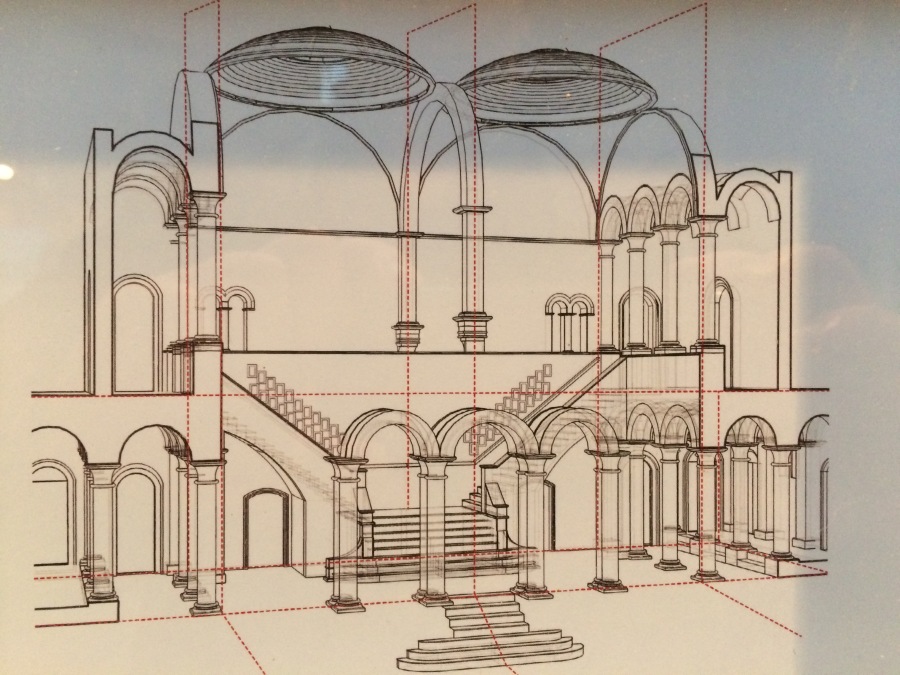
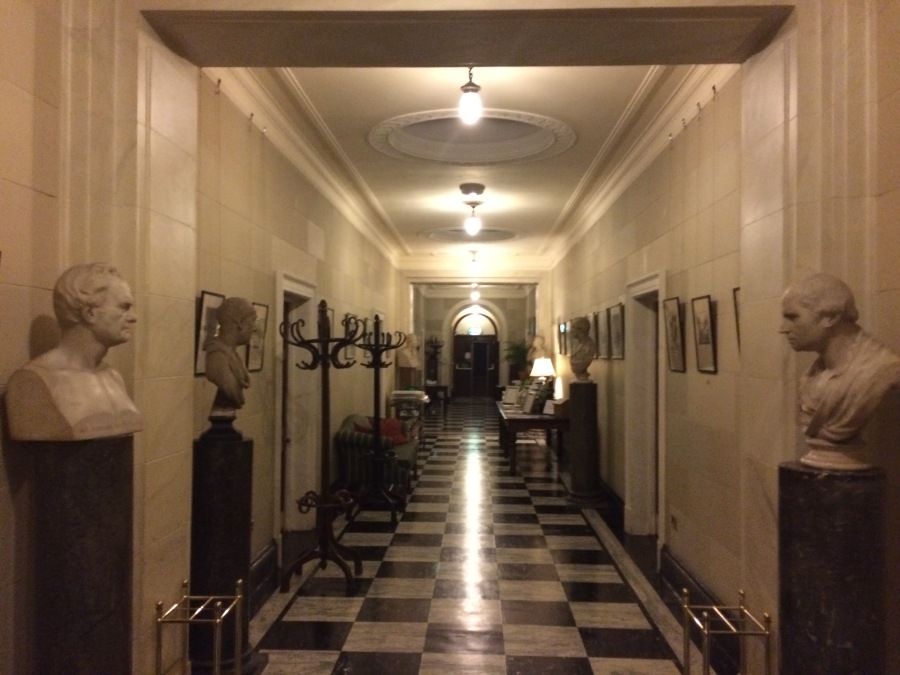
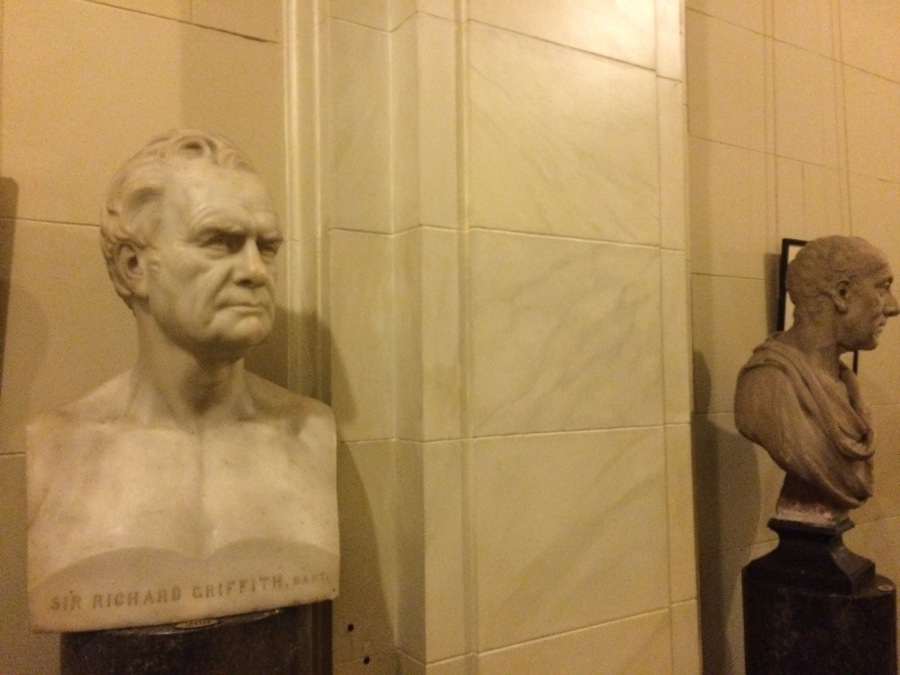
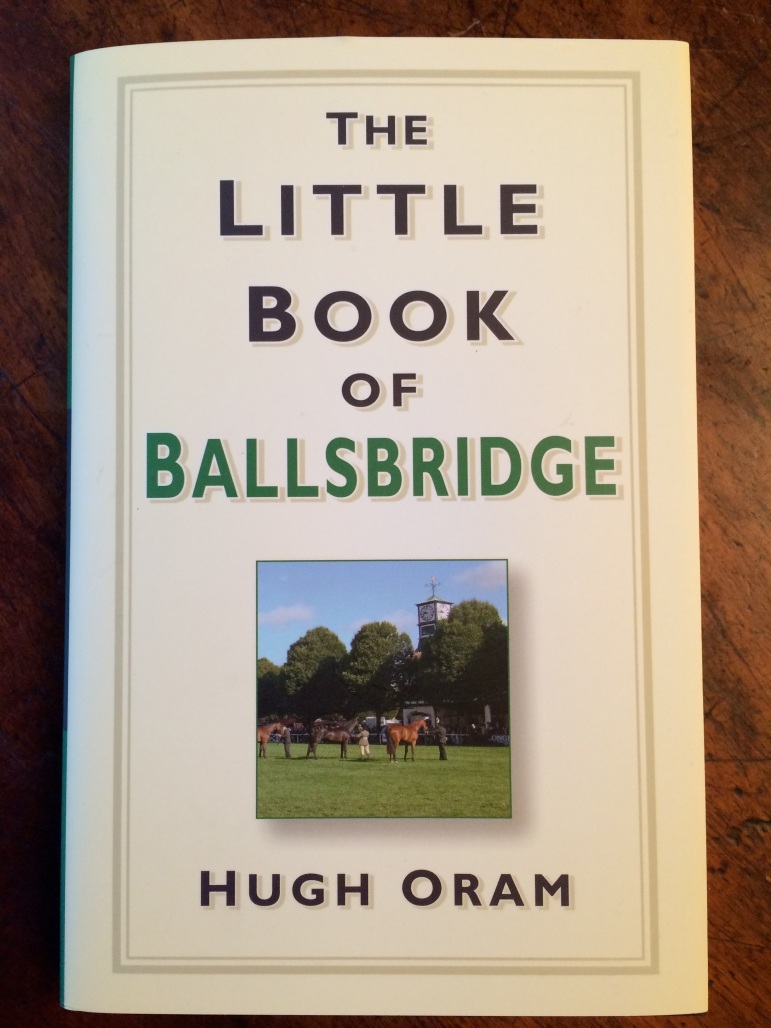


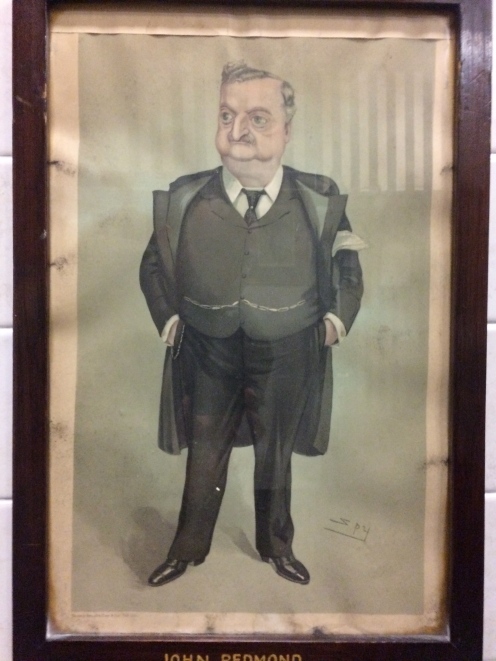
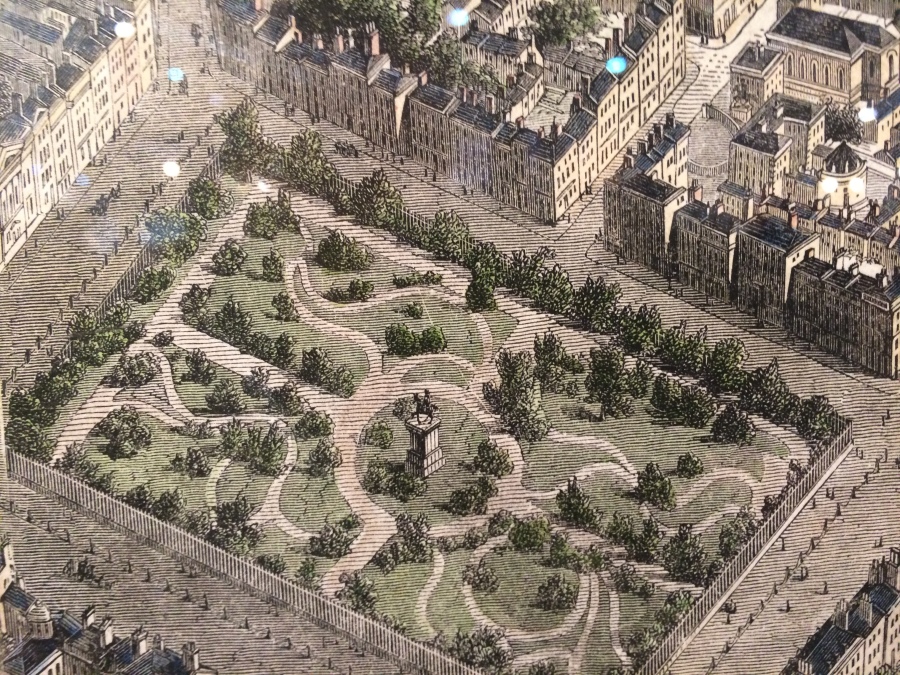
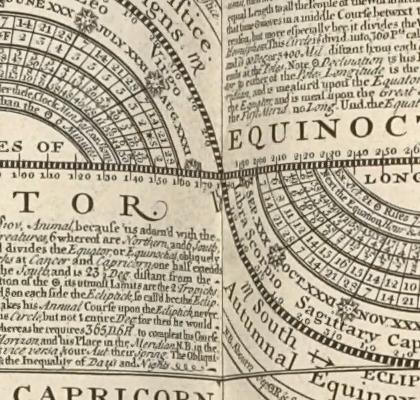
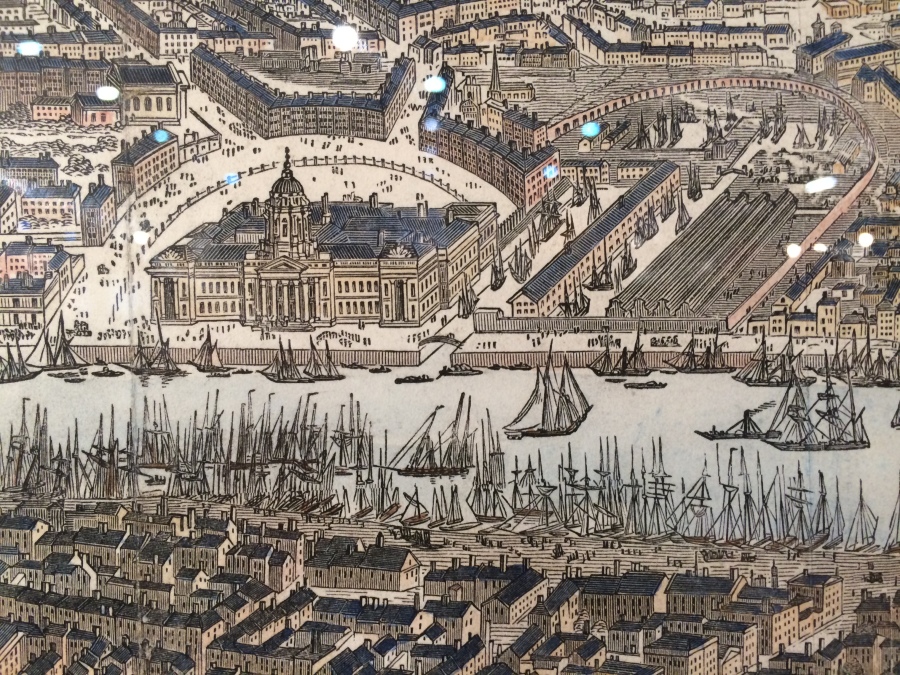
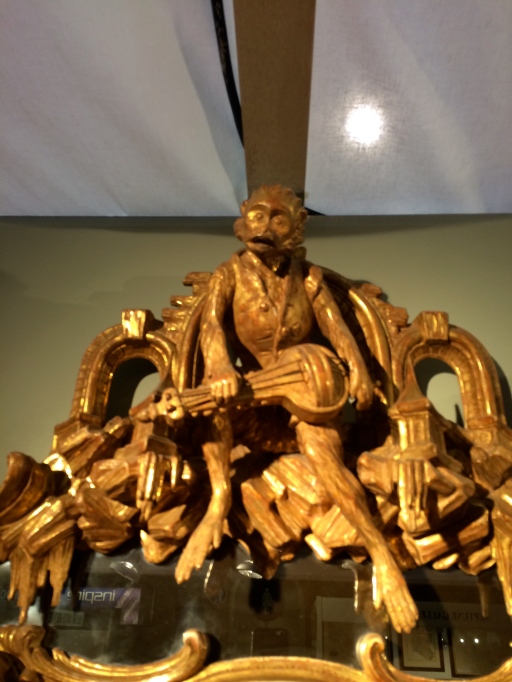

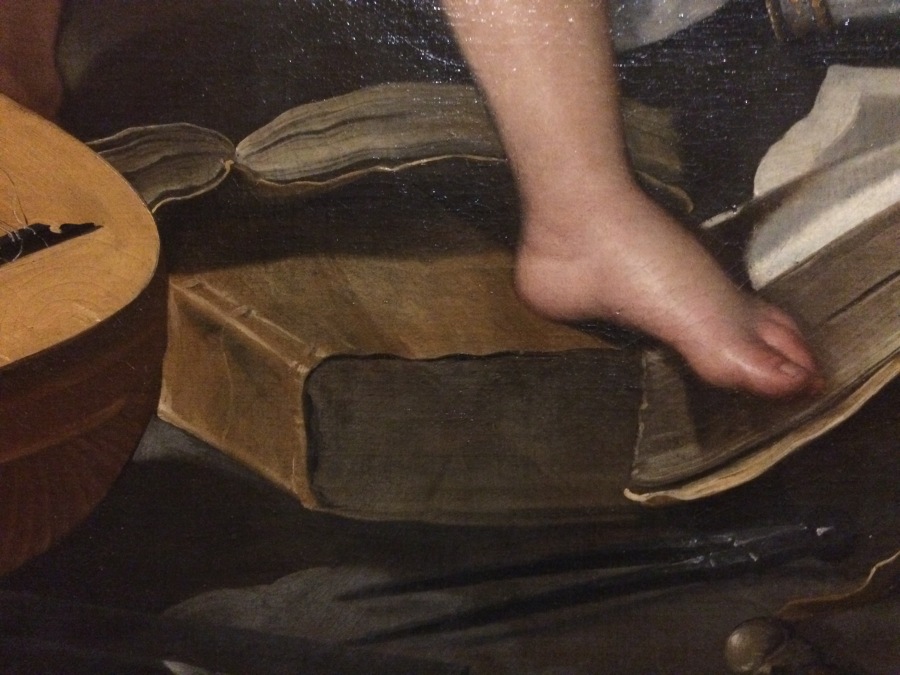
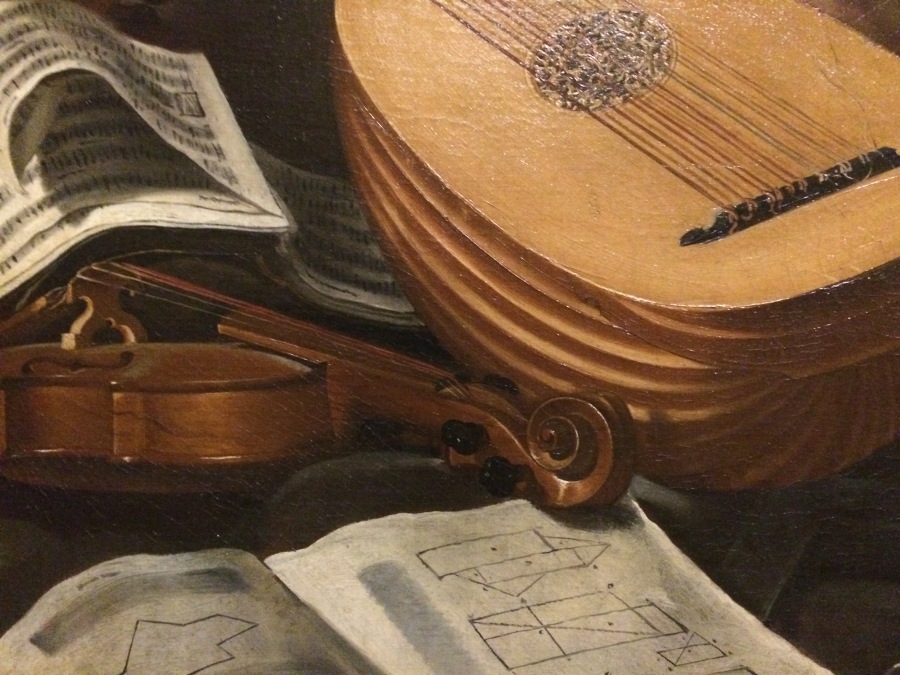

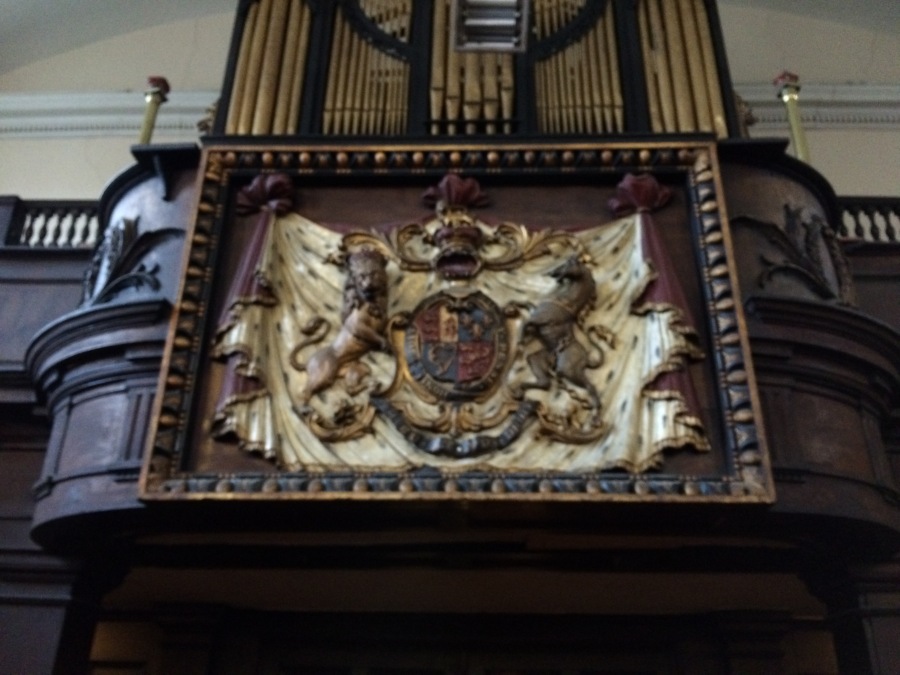
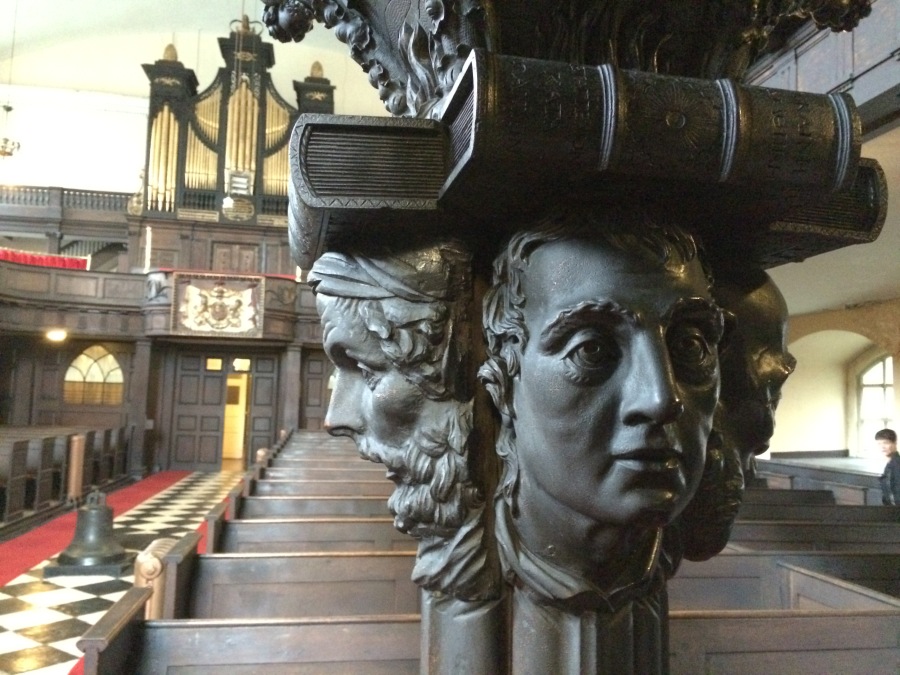
Your photos remind me how much Bristol shares with Dublin. For example, there’s a St Werburgh’s church in Bristol (removed from the old city centre to the suburb now also called St Werburgh’s, transformed into a climbing centre), and Stephen’s Green has its counterpart in Bristol’s Queens Square with its Rysbrack equestrian statue of William III. Great pictures, Arran.
LikeLike
Queens Square pic here: http://webarchive.nationalarchives.gov.uk/20110118095356/http:/www.cabe.org.uk/case-studies/queen-square?photos=true&viewing=3701
LikeLike
Thank you very much, and that is very, very, interesting. As you know, in early “English” Dublin, in the post -Viking but early Anglo-Norman period, this city was almost entirely populated, in fact “planted” with citizens and merchants from 2 English cities: Chester, and Bristol. I’ve done a lot of work (and tours) in St Werburgh’s recently, and have always thought of it, that saint, St Werrburh / Werburgha, herself, the anglo-saxon abess/saint/ princess, as a Chester connection. (I’m pretty sure she, St Werburgh is still the patron saint of Chester, and her shrine/relics, are there) But it very, very interesting to hear these strong Bristol connections too. I shall investigate further, and have a good look at your links below.
many thanks to you. 🙂 -Arran.
LikeLike